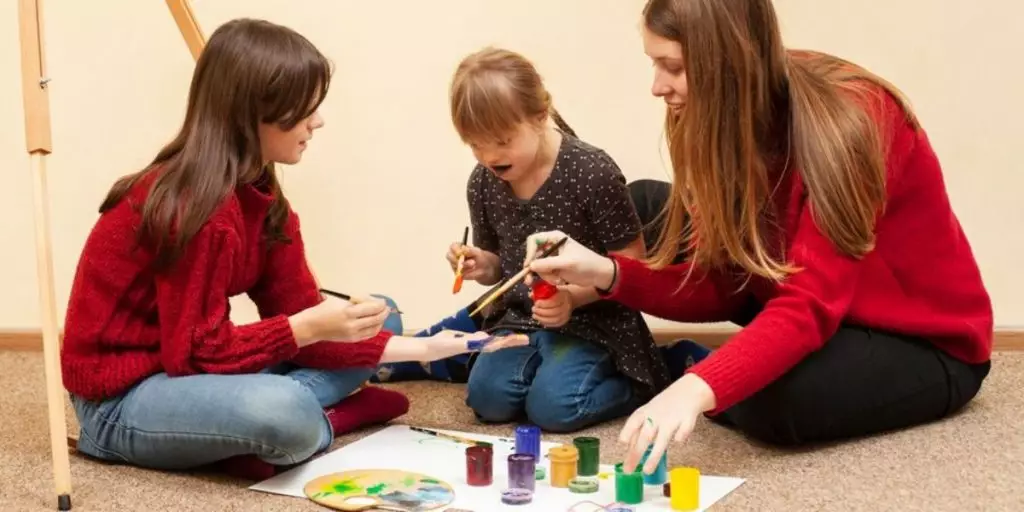When your child is diagnosed with autism, you likely have countless questions running through your mind. One of the biggest concerns many parents share is how to help their children connect with others and build meaningful relationships. This is where Applied Behavior Analysis (ABA) therapy can make a real difference.
Think about learning to ride a bike. You wouldn’t expect a child to hop on and pedal away immediately – they need training wheels, guidance, and lots of practice. Similarly, ABA therapy breaks down complex social skills into smaller, manageable steps that your child can master one at a time. This article looks into how ABA therapy works to teach social skills, why it’s effective, and how families, for example, in New Mexico, are using social skills in autism New Mexico programs to help their children thrive.
- Why Social Skills Matter
Social skills are the foundation of how people connect with others. For children with autism, these skills don’t always come naturally. A child might struggle to understand when it’s their turn to speak, misinterpret facial expressions, or feel overwhelmed in group settings. These challenges can make it harder for them to form friendships, participate in school activities, or feel confident in social situations.
ABA therapy breaks down these complex social interactions into smaller, manageable steps. By teaching these steps one at a time, therapists help children build the skills they need to interact more effectively with others.
- Individualized Goals
Every child with autism is unique, and ABA therapy reflects that. Before starting therapy, a therapist will assess the child’s current abilities and identify specific areas for growth. One child’s goal might be learning to greet others with a “hello” or a wave. For another, it might involve understanding how to join a group activity without interrupting. These goals are tailored to the child’s age, interests, and developmental level, ensuring that the therapy is both relevant and achievable.
- Structured Practice
ABA therapy uses structured, repetitive practice to help children learn new skills. For example, if the goal is to teach a child how to take turns during a game, the therapist might start by playing a simple game with clear rules, like rolling a ball back and forth. The therapist will guide the child through each step, providing prompts and positive reinforcement when the child succeeds. Over time, the child learns to generalize this skill to other situations, like taking turns on the playground or during a classroom activity.
- Real-Life Scenarios
One of the strengths of ABA therapy is its focus on real-life applications. Therapists often create scenarios that mimic everyday social interactions, such as ordering food at a restaurant or asking a peer to play. For example, a therapist might role-play a conversation with the child, teaching them how to introduce themselves or ask questions about someone else’s interests. This hands-on approach helps children feel more prepared and confident when encountering similar real-life situations.
- Positive Reinforcement
A key component of ABA therapy is positive reinforcement. When a child demonstrates a desired behavior, like sharing a toy or responding to a greeting, they receive immediate praise or a small reward. This positive feedback encourages the child to repeat the behavior in the future. Over time, the child begins to associate social interactions with positive outcomes, which can motivate them to engage more willingly.
- How New Mexico Families Are Benefiting
Families in New Mexico benefit from ABA therapy through group sessions that teach social skills in autism, using activities like games and art to foster teamwork. Many also partner with an ABA center, where experts create personalized plans to support social, communication, and sensory growth.
- Conclusion
ABA therapy offers a structured, effective way to help children with autism develop the social skills they need to navigate the world around them. By focusing on individualized goals, real-life scenarios, and positive reinforcement, ABA therapy empowers children to build confidence and independence. For instance, in New Mexico, programs focused on social skills in autism in New Mexico and the support of an ABA center can make a big difference in their child’s growth and development. If you’re considering ABA therapy for your child, reaching out to a local provider is a great first step toward helping them build the skills they need to thrive.
